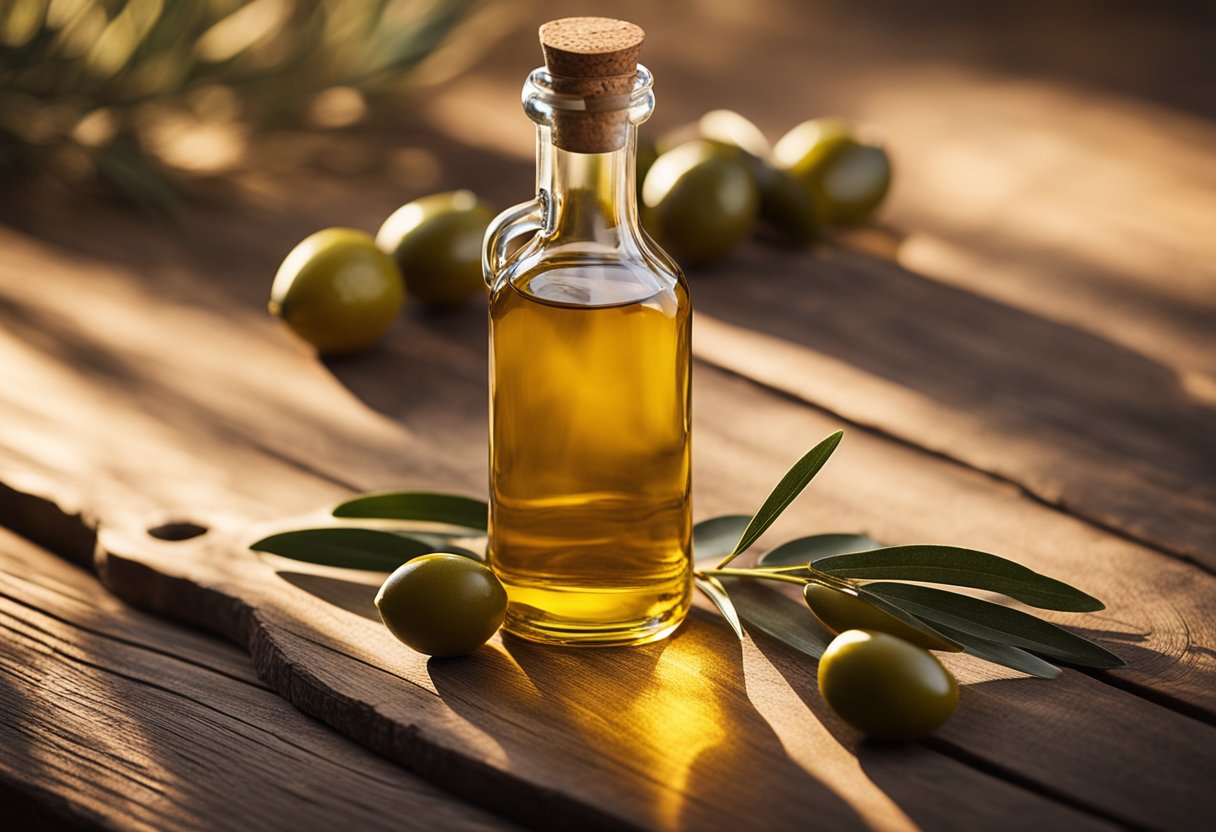
The number of calories in a bottle of red wine can vary depending on the type of wine, the alcohol content, and the serving size. However, in general, a 750 mL bottle of red wine contains approximately 600 calories.
Here’s a rough breakdown of the calorie content in a bottle of red wine:
- Alcohol: 240 calories
- Carbohydrates: 120 calories
- Protein: 0 calories
- Fat: 0 calories
Keep in mind that these values are approximate and can vary based on the specific wine you are drinking. For example, a bottle of red wine with a higher alcohol content will have more calories from alcohol, while a wine with a higher carbohydrate content will have more calories from carbs.
It’s also important to note that wine should be consumed in moderation as part of a healthy diet. The American Heart Association recommends that women consume no more than one serving of alcohol per day, and men consume no more than two servings per day. One serving of alcohol is equal to about 5 ounces of wine.
When it comes to the debate of how many calories are in a bottle of red wine, the answer isn’t a straightforward one. That’s because the calorie count of a bottle of red wine can vary depending on the type of red wine, the amount consumed, and other factors. In this blog, I’ll explain the factors that affect the calorie count of a bottle of red wine and how to calculate the calories in a bottle. I’ll also discuss tips for reducing calories in red wine, the calorie count of a bottle of red wine, the health benefits of moderate red wine consumption, and alternatives to red wine for reducing calories.
Introduction to Calories in Red Wine
Calories in red wine come from the amount of alcohol and sugar found in the wine. The alcohol content is the major source of calories, with each gram of alcohol providing seven calories. Red wine also contains some sugar and carbohydrates, which add to the calorie count. The amount of sugar and carbohydrates can vary depending on the type of red wine and the fermentation process used.
In addition to alcohol and sugar, red wine also contains a variety of other components such as tannins, acids, and minerals. These components are present in small amounts and do not contribute significantly to the calorie count.
Calories in Red Wine by Type
The amount of calories in red wine depends on the type of red wine. For example, a glass of Cabernet Sauvignon or Shiraz will typically have more calories than a glass of Pinot Noir or Gamay. This is because Cabernet Sauvignon and Shiraz are made from grapes with higher sugar content, which results in a higher alcohol content and higher calorie count.
In general, red wines with higher alcohol content will have more calories than those with lower alcohol content. For example, a glass of Cabernet Sauvignon with an alcohol content of 15% will contain about 120 calories, while a glass of Pinot Noir with an alcohol content of 12.5% will contain about 85 calories.
It’s also important to note that the calorie count of a bottle of red wine can also vary depending on the type of grapes used and the fermentation process used. Red wines made from grapes with higher sugar content and aged for a longer period of time will typically have more calories than those made from grapes with lower sugar content and aged for a shorter period of time.
Factors Affecting Calories in Red Wine
The calorie count of a bottle of red wine is affected by a variety of factors, such as the type of grapes used, the fermentation process used, and the amount of time the wine is aged.
Grapes used: Red wines made from grapes with higher sugar content will typically have more calories than those made from grapes with lower sugar content. Grapes with higher sugar content will produce more alcohol and therefore more calories.
Fermentation process: The fermentation process used can also affect the calorie count of a bottle of red wine. For example, if a winemaker chooses to use a longer fermentation process, the resulting red wine will typically have more calories than one made with a shorter fermentation process.
Aging: The amount of time the red wine is aged can also affect the calorie count. Wines aged for longer periods of time will typically have more calories than those aged for shorter periods of time. This is because the longer the wine is aged, the more alcohol is produced and the more calories are added.
How to Calculate Calories in Red Wine
Calculating the calorie count of a bottle of red wine can be done by multiplying the alcohol content of the wine by seven. For example, a bottle of red wine with an alcohol content of 15% would have 105 calories (15 x 7).
It’s also important to note that the calorie count of a bottle of red wine can vary depending on the type of grapes used, the fermentation process used, and the amount of time the wine is aged. Therefore, it’s important to take these factors into consideration when calculating the calorie count of a bottle of red wine.
Tips for Reducing Calories in Red Wine
There are several ways to reduce the calorie count of a bottle of red wine, such as:
- Choose a lower alcohol content: Choosing a red wine with a lower alcohol content will reduce the calorie count of the wine. For example, a bottle of red wine with an alcohol content of 12% will contain about 84 calories (12 x 7).
- Choose a lighter-bodied red wine: Lighter-bodied red wines such as Pinot Noir or Gamay will typically have fewer calories than heavier-bodied red wines such as Cabernet Sauvignon or Shiraz.
- Drink smaller portions: Reducing the amount of red wine you drink will reduce the total number of calories consumed.
- Add ice or sparkling water: Adding ice or sparkling water to your red wine can reduce the calorie count.
Calories in a Bottle of Red Wine
The calorie count of a bottle of red wine will depend on the type of red wine and the amount consumed. In general, a bottle of red wine with an alcohol content of 12% will contain about 84 calories (12 x 7). However, this number can vary depending on the type of red wine and other factors.
Health Benefits of Moderate Red Wine Consumption
Moderate red wine consumption can have several health benefits, such as reducing the risk of heart disease and stroke, improving insulin sensitivity, and reducing the risk of certain types of cancer.
However, it’s important to note that these health benefits are associated with moderate red wine consumption, which is defined as up to two glasses per day for men and up to one glass per day for women. Drinking more than these recommended amounts can increase the risk of health problems, so it’s important to consume red wine in moderation.
Alternatives to Red Wine for Reducing Calories
If you’re looking for ways to reduce your calorie intake without giving up red wine completely, there are several alternatives to consider. These include:
- Low-calorie red wines: Many winemakers now produce low-calorie red wines, which contain fewer calories than regular red wines.
- Red wine spritzers: Mixing red wine with soda water or sparkling water can reduce the calorie count.
- Red wine cocktails: Adding other low-calorie ingredients such as fruit juice or herbs to red wine can reduce the calorie count.
Conclusion
When it comes to how many calories in a bottle of red wine, the answer isn’t a straightforward one. That’s because the calorie count of a bottle of red wine can vary depending on the type of red wine, the amount consumed, and other factors. In this blog, I’ve explained the factors that affect the calorie count of a bottle of red wine, how to calculate the calories in a bottle, tips for reducing calories in red wine, the calorie count of a bottle of red wine, the health benefits of moderate red wine consumption, and alternatives to red wine for reducing calories. Ultimately, it’s important to remember to drink red wine in moderation and to be aware of the calorie count of the wine you’re consuming.











